Paradigm Change. In the Transeurasian languages and beyond.
This book is concerned with comparing morphological paradigms between languages in order to establish areal and genealogical relationships. The languages in focus are the Transeurasian languages: Japanese, Korean, Tungusic, Mongolic, and Turkic languages. World-eminent experts in diachronic morphology and typology interact with specialists on Transeurasian languages, presenting innovative theoretical analyses and new empirical facts. The stress on the importance of paradigmatic morphology in historical linguistics contrasts sharply with the paucity of existing literature on the topic. This volume partially fills this gap, by shifting focus from Indo-European to other language families. “Paradigm change” will appeal to scholars and advanced students concerned with linguistic reconstruction, language contact, morphology and typology, and to anyone interested in the Transeurasian languages.
{{comment.content}}
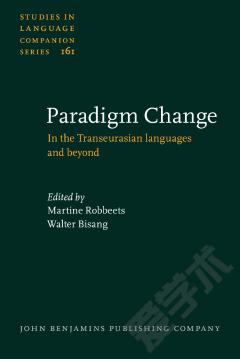
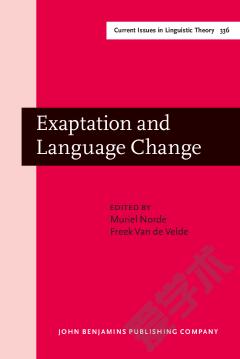

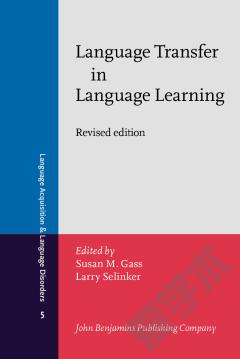
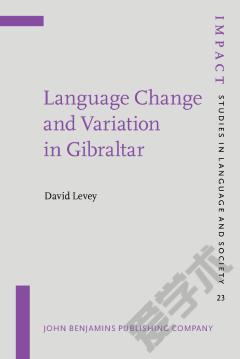
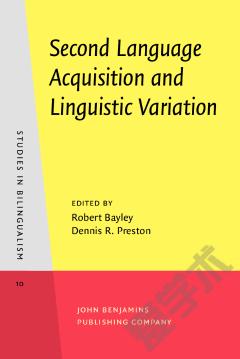


 京公网安备 11010802027623号
京公网安备 11010802027623号